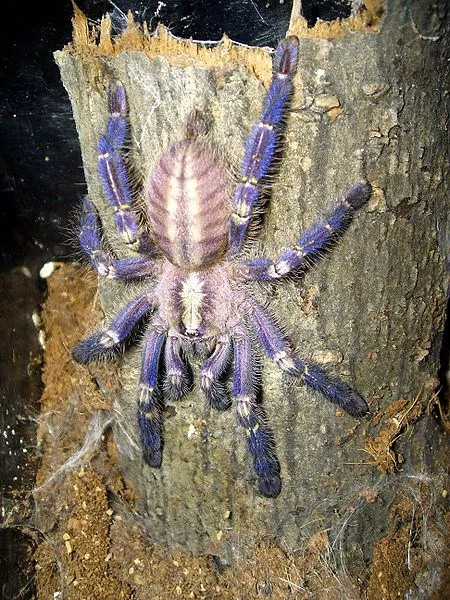What is a Gooty Tarantula
The Gooty Tarantula, scientifically known as Poecilotheria metallica, is a stunning and rare species of tarantula native to a small region of Andhra Pradesh, India. Its striking metallic blue and grey coloration makes it a highly sought-after species, both in the wild and the exotic pet trade. This arboreal tarantula is known for its unique appearance and relatively large size, adding to its allure. The Gooty Tarantula’s discovery and scientific description have captivated arachnid enthusiasts and conservationists alike, highlighting the need for understanding and protecting its natural habitat. Sadly, this majestic creature faces several threats that have led to its endangered status, making it critical to learn more about its situation and how to help.
IUCN Red List Status
The Gooty Tarantula holds a critical designation from the International Union for Conservation of Nature (IUCN). It is classified as Critically Endangered on the IUCN Red List, indicating that it faces an extremely high risk of extinction in the wild. This classification underscores the urgency of conservation efforts and the severity of the threats impacting its survival. The IUCN Red List assessment considers various factors, including population size, the rate of decline, and the geographic range of the species. Being Critically Endangered highlights that immediate and significant action is needed to protect the Gooty Tarantula and its habitat to prevent its extinction.
Why is the Gooty Tarantula Endangered
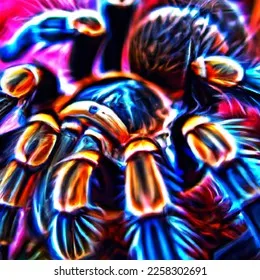
The primary reasons behind the Gooty Tarantula’s endangered status are habitat loss and the illegal pet trade. Both pose significant challenges to the survival of this species. Fragmentation and destruction of their forest habitat severely limit the available space for them to live and breed. Simultaneously, their striking appearance and rarity make them highly desirable in the exotic pet trade, leading to over-collection from the wild. These factors often work together, exacerbating the threats to their survival and pushing the species closer to extinction. Understanding these pressures is fundamental to developing effective conservation strategies.
Habitat Loss
Habitat loss is a major driver of the Gooty Tarantula’s endangered status. Deforestation, agricultural expansion, and urbanization are leading to the destruction and fragmentation of their forest habitat. As their natural environment disappears, the tarantulas are left with less space, reduced resources, and an increased risk of exposure to environmental hazards. This loss not only decreases their population but also isolates remaining groups, which reduces their ability to breed and maintain genetic diversity. Furthermore, habitat destruction often leads to other threats, like increased human-wildlife conflict, adding further pressure on the Gooty Tarantula population.
Illegal Pet Trade
The illegal pet trade is another significant threat to the Gooty Tarantula. The tarantula’s stunning appearance and rarity make it a high-value target for collectors. Individuals are often captured from the wild and sold illegally, which severely depletes wild populations. Such extraction impacts the natural population and disrupts the ecosystem. These practices are unsustainable and create significant stress on the remaining populations. Furthermore, the trade contributes to the spread of diseases and potential genetic issues when breeding in captivity. Combatting the illegal pet trade is crucial to conserving the Gooty Tarantula and supporting sustainable conservation efforts.
What are the Main Characteristics
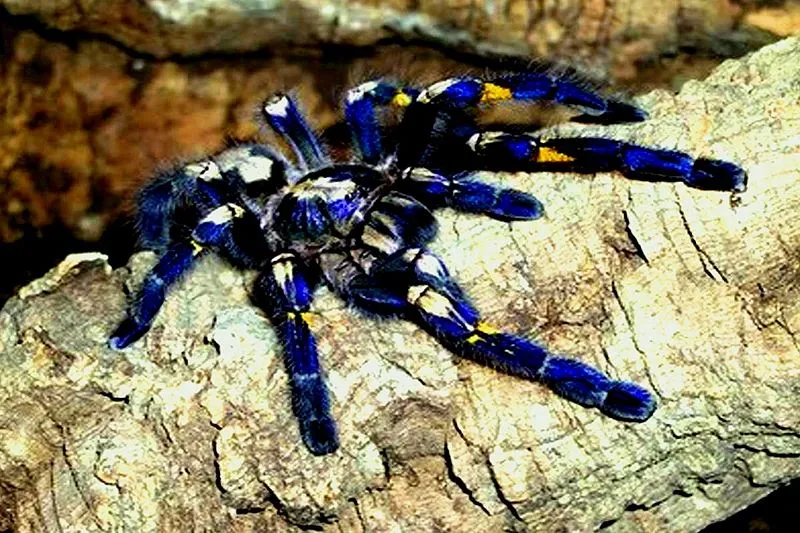
The Gooty Tarantula is easily recognizable by its unique physical characteristics. The adult tarantulas have a striking metallic blue and grey coloration on their carapace and legs, which often gives them a shimmering appearance. The abdomen may have a contrasting pattern, adding to its beauty. This species is relatively large, with a leg span that can exceed 8 inches, making it one of the larger tarantula species. Its arboreal nature means it spends much of its time in trees, where it builds silk webs to live. These physical features are a key component of its identity and help distinguish it from other tarantula species.
Physical Appearance
The Gooty Tarantula’s physical appearance is one of its most defining features. Its metallic blue and grey coloration is unique among tarantula species. This color is not uniform; it varies, creating a visually striking effect. In addition to the coloration, the Gooty Tarantula has a robust build and long legs, which are typical of arboreal tarantulas. Their body is covered with fine hairs, adding texture and sensory capabilities. These physical traits make it a visually stunning species, which is why they are so sought-after. The vivid colours and patterns are crucial to understanding and identifying the species, particularly when considering its conservation status.
Behavior and Temperament
Gooty Tarantulas are known to be skittish and fast-moving spiders, characteristics typical of arboreal species. They are primarily nocturnal hunters, using their venom to subdue prey like insects. They are not particularly aggressive, but they may bite when threatened. In captivity, their behavior can vary depending on environmental conditions and handling. They build webs to create a refuge and ambush predators. Observing their behaviour, both in the wild and in captivity, provides valuable insight into their needs and potential threats. This insight is essential for their effective conservation.
Where Can You Find Them
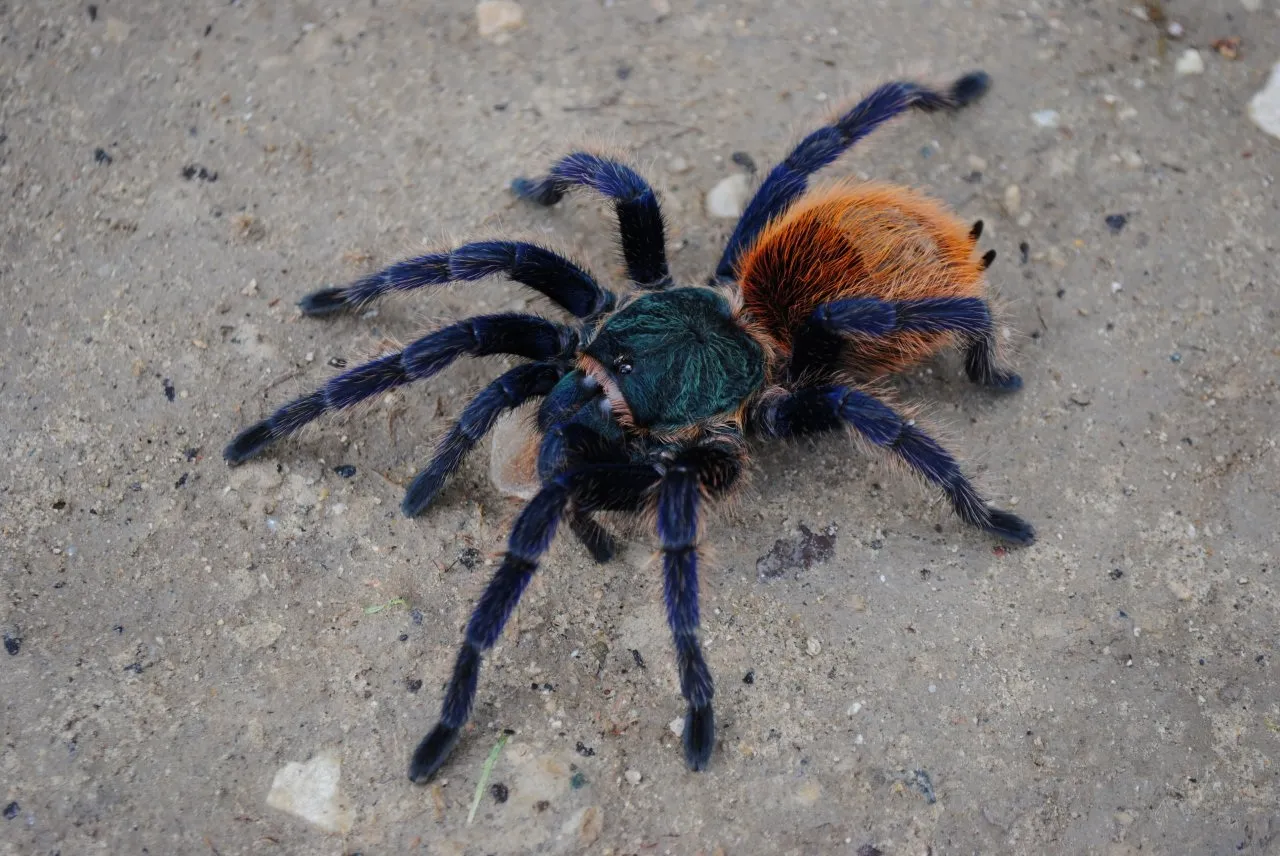
Gooty Tarantulas are endemic to a specific region in Andhra Pradesh, India. This species is found in a very limited geographical area, which makes them even more susceptible to threats. The Gooty Tarantula prefers forested areas and builds its web in the trees, demonstrating their arboreal nature. The restricted range of the species emphasizes the urgency of conservation efforts focused on protecting their habitat. Their presence in this precise region highlights the delicate ecological balance and the importance of conserving this specific ecosystem.
Conservation Efforts
Various conservation efforts are in place to protect the Gooty Tarantula. These include habitat preservation and restoration, anti-poaching patrols, and awareness campaigns to educate the public. Local communities play an important role in protecting the tarantula, helping them to learn how to protect this important species. Captive breeding programs are sometimes used as a conservation strategy, aiming to increase the population. Collaboration between scientists, conservation organizations, and local communities is essential to ensure the survival of the Gooty Tarantula. These initiatives demonstrate the collective commitment towards protecting this unique species and its future.
What You Can Do to Help
You can contribute to the conservation of the Gooty Tarantula in several ways. Supporting conservation organizations dedicated to protecting the species is one of the most direct actions. Educating yourself and others about the importance of the Gooty Tarantula can raise awareness and generate support for conservation efforts. Avoiding the purchase of illegally traded exotic pets is another way to combat the pet trade that threatens the species. Supporting initiatives that promote sustainable practices and habitat protection can also help. Every action contributes to the overall conservation of this beautiful species.
Supporting Conservation Organizations
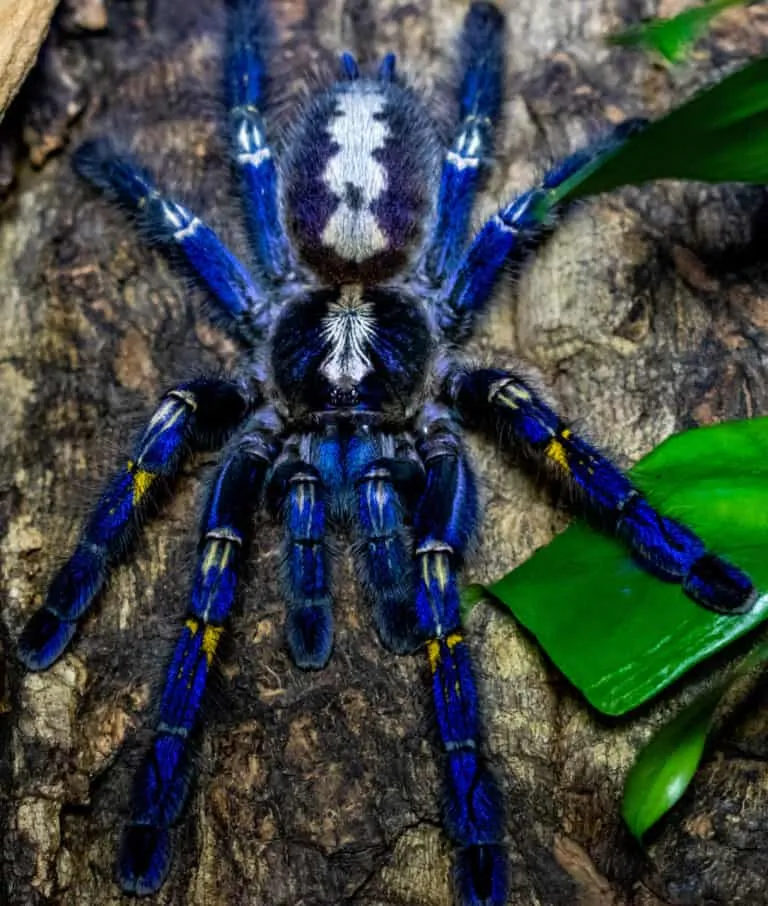
Supporting conservation organizations working to protect the Gooty Tarantula can significantly impact its survival. These organizations are at the forefront of conservation work, often working on habitat preservation, anti-poaching patrols, and educational programs. Donating to these organizations or volunteering time can provide essential resources and support for their efforts. You can research and choose reputable organizations with a proven track record and transparent operations. Your support will help ensure the ongoing protection of the Gooty Tarantula and its habitat for future generations.
